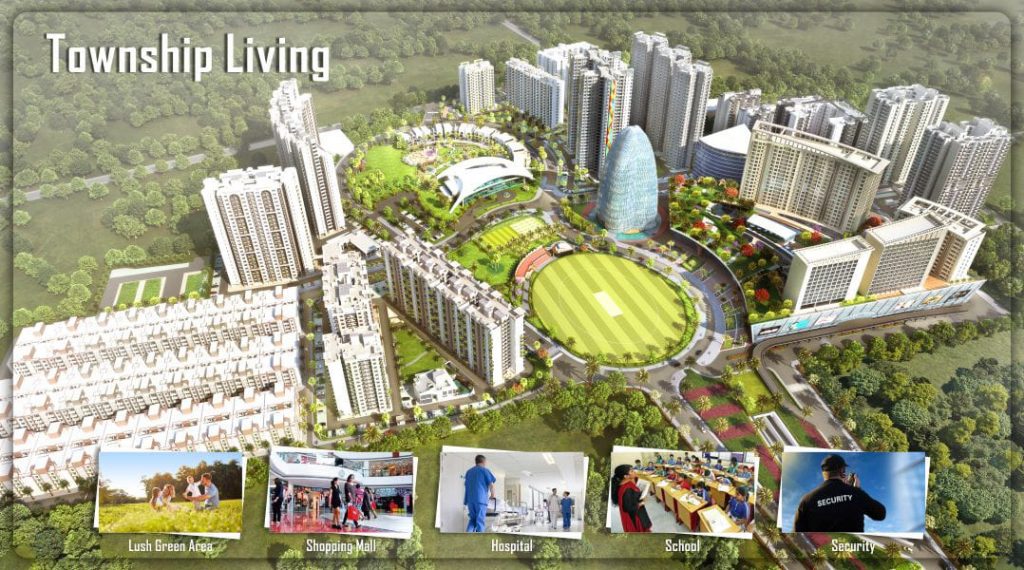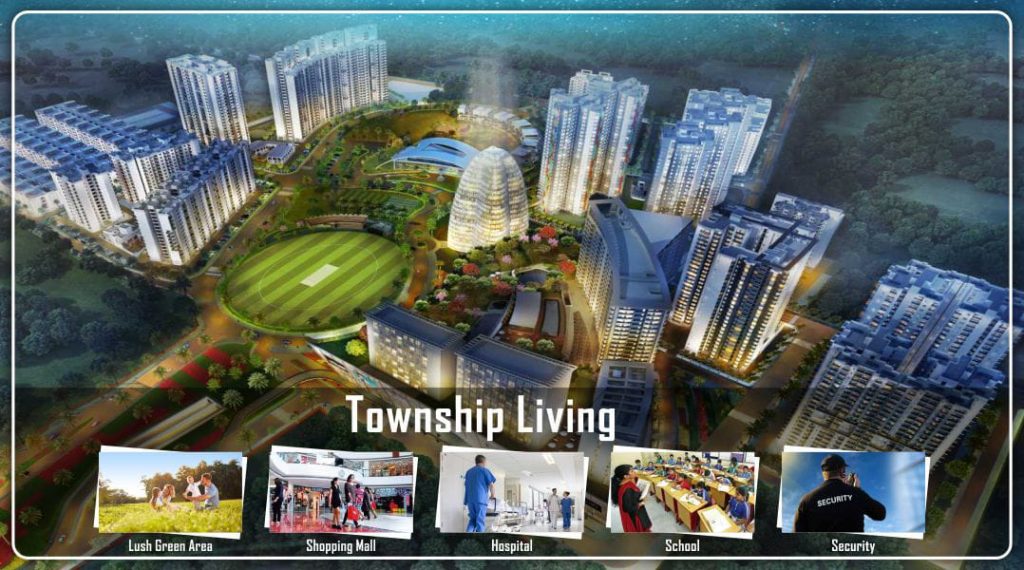In India, owning a home is a dream most people savour through their life. There is only a small percentage of people who get to own their home. Most of us save our lifetime income for buying a home of our dreams. But before buying property lots of questions arise in buyer’s mind. Are we investing in the right location? Will the builder deliver what is promised? Is this builder an honest builder? What clauses should be there in a house buying agreement? To solve this problem the government has introduced RERA for home buyers. Let’s understand in detail as to what is RERA and what does it entail.
Before this regulatory act, some unscrupulous builders and developers of India had their own rules and regulations. The buyers were given almost no choice by such developers. While the buyer was paying for the property and this would be the biggest asset most of them ever invested in their lifetime, a lot of builders avoided sharing the important details with the customer. That is why Real Estate Regulatory Act (RERA) was introduced, to protect buyers’ rights on one side and builders’ payments on the other.
What is RERA
The Real Estate Regulatory Authority (RERA) is an act introduced by the Indian government in 2016. The main objective of this Act is to protect property buyers’ right and help them reach out to a regulatory body in case of any issue with the builder. The act also ensures that property buyers understand their responsibilities of payments and they protect a developer’s rights to ensure there are minimal disputes.
RERA has put forward clear guidelines regarding constructing and developing the real estate. This has brought a lot of transparency between buyers and developers and established a way forward in case of a dispute. As there are uniform rules created, it becomes easy for a buyer to compare different projects and understand detailed cost structure without the bomb of hidden charges exploding on him later on.
Importance of RERA
Indian real estate needed a regulation like RERA to add confidence in India’s Real estate sector. RE is a leading part of the economy and contributes to almost 15% of GDP. The act ever since initiated, has resulted in several changes in construction sector by bringing in transparency at every step and forcing all parties to fulfil their duties.
The act has brought clarity between property buyers and property developers thereby building the necessary trust between sellers and buyers. It has established state authorities in every state and has tried to do away with anomalies or malpractices in the sector.
Now RERA is helping home buyers in timely delivery of their real estate project. That is a great relief for homebuyers across India. It also is a great news for developers like Paarth Infrabuild, who have always kept the interests of customers at the center.
RERA has become a rule playbook for both seller and buyer of real estate that include the intermediaries also. The few provisions of act have made the following beneficial changes to RE selling:
- Uniform size definition
There is no denying the importance of the size of a unit when buying a property. Before RERA, every builder had his own way of defining unit size and was difficult for a buyer to understand the implication of various components shown for a unit size. However, with RERA, a standardised way of defining unit size has been propounded making the process transparent and trustworthy.
2. Penal interest rates
In RERA regime, in case of default in payment by the buyer or default in completion of the project by the builder, the rate of interest to be paid shall be the same for both parties.
Earlier it was very different. In case the builder used to delay the possession of property – the interest paid by builder to the home buyer was less whereas in case the buyer defaulted – the interest to be paid by the buyer to builder was much higher.
The RERA Act has now clearly specified that the interest rate shall be the same for both the parties, making the process fair.
3. Fiscal discipline for builder
A developer usually has several projects which are being constructed simultaneously. Earlier there was no restriction on builder to use funds from a project in the same project. All that has undergone a change now. This would now not be possible as after the introduction of RERA, the builder is liable to deposit 70% of the revenue collected for a particular project in an escrow account. He can withdraw from such account only on the basis of completion of project, which shall be certified by a civil engineer, architect and a chartered accountant in practice.
As the funds can now not be diverted to other projects and used for other purposes – this will ensure that the funds are used for the purpose only for which they are raised.
Pre-RERA, there have been certain cases wherein some rogue builders raised the funds from home buyers for constructing their homes but used the funds for buying land for the next project leaving this project in limbo. They later became starved of funds and were not able to complete the construction of the property.
As the funds can only be used for the purpose for which they have been raised – this will ensure that the funds are not diverted elsewhere and that the money is used for the purpose for which it is raised, thereby ensuring timely completion of the property.
4. Right to information
This has been another big change in RE sector. Retail customer often was not provided all the information and he had no way to force the builder to share the requisite information. However, RERA has clearly stated various information which should be provided in writing to buyer in the agreement as well as in the advertisement.
5. Grievance redressal
Grievance redressal was another area where buyer used to run from pillar to post to get himself heard without a positive outcome. Now RERA has ensured the establishment of an authority for grievance redressal in every state making life easier for a customer.
The biggest advantage of RERA lies in discipling a few errant builders and thereby making a level playing field for all developers. Institutional developers like Paarth Infrabuild, who has all its projects approved by RERA, and who have always been transparent to customers are major beneficiary of this act along with the end customer.





Recent Comments